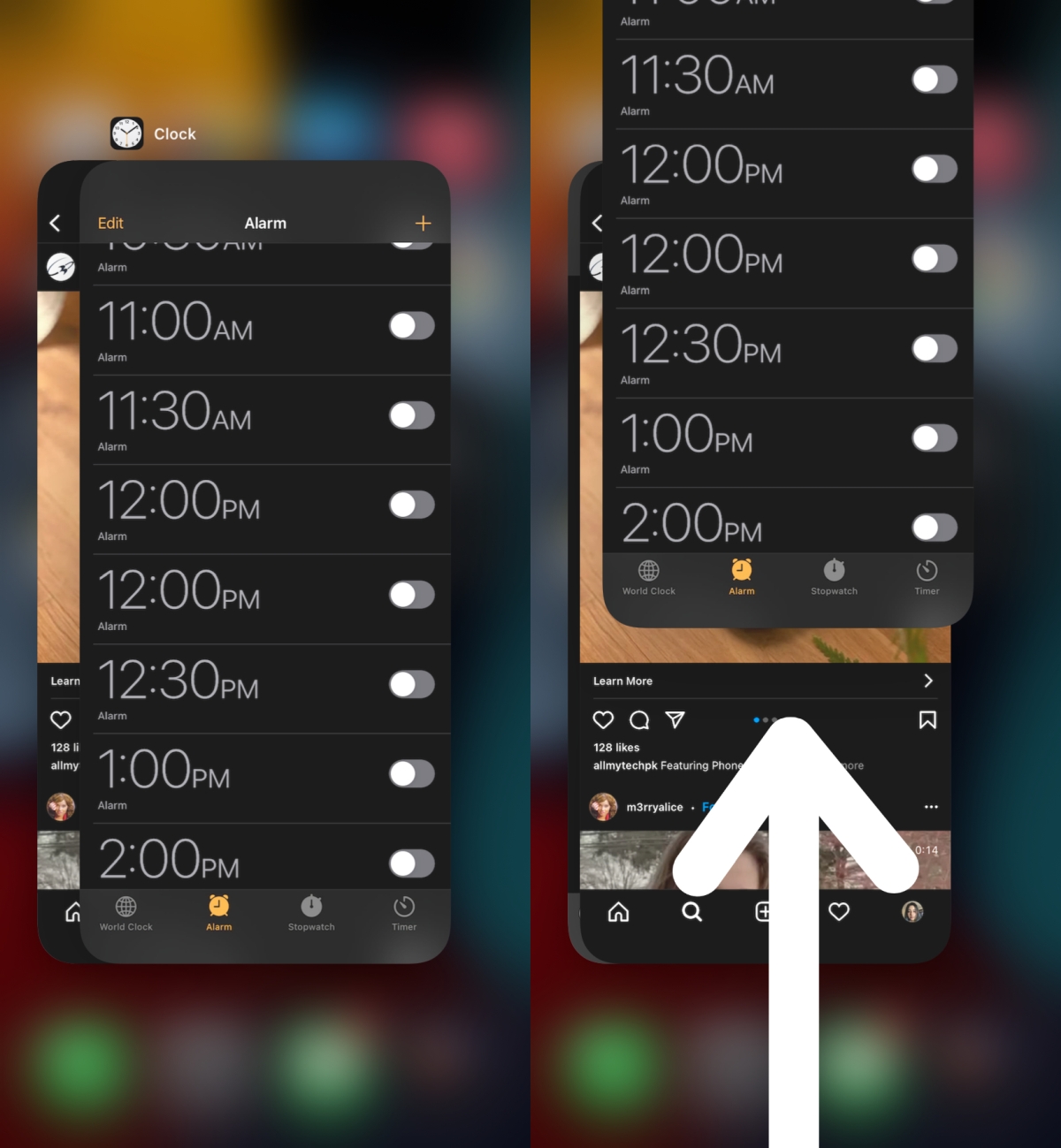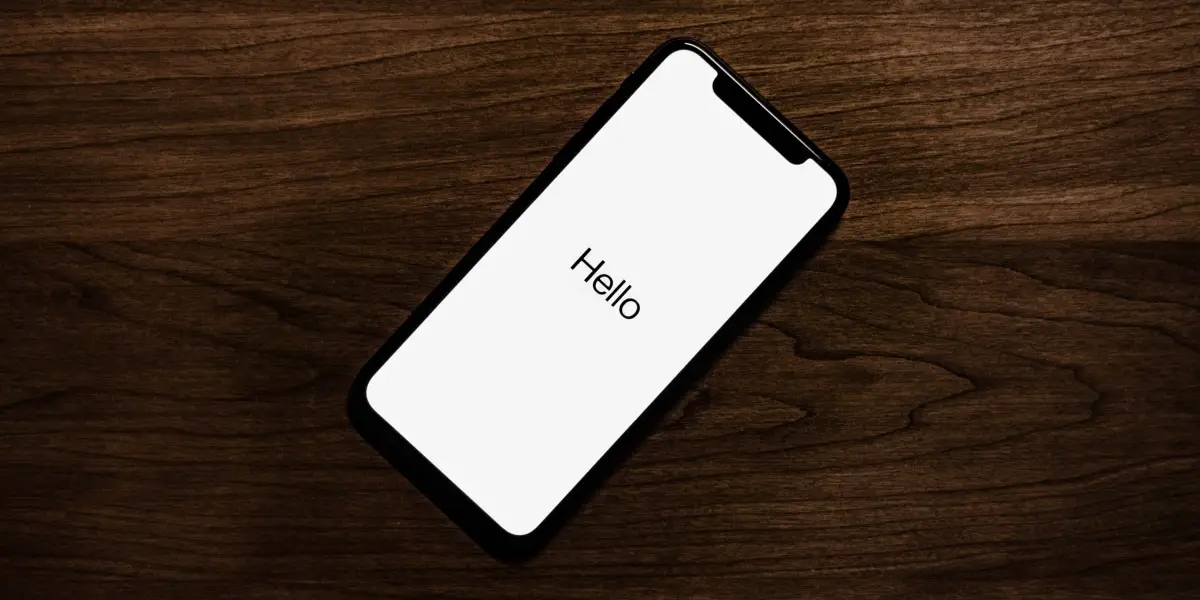How to close open windows on iPhone 11
Mobile operating systems were developed after desktop computers became mainstream. By then, most of the users had learned certain concepts, for example, opening and closing applications that are common in a desktop operating system. These same actions do not necessarily translate in the same way in a mobile operating system.
Close open windows on iPhone 11
In mobile operating systems, applications run in their own ‘window’, but the operating system does not present them as a window. An application is its own container. With apps like Chrome, you can open multiple tabs, but they all open in the Chrome app and not in different windows. Even the incognito tabs in Chrome for iOS open within the app itself and not as a separate window.
How to close open windows on iPhone 11
You can open an app on iPhone 11, and based on that logic, it stands to reason that you can close it. This is a bit close to what you can do. When you switch from one application to another, the other application enters a somewhat suspended state. It will continue to update if that’s the type of app it is, but it will run in the background.
To ‘close’ this open application, you must close it. On iPhone 11, you can exit or close an application;
- Swipe up and hold the launch bar.
- You will enter multitasking mode.
- Slide your finger through the open applications until you find the application you want to close.
- Swipe up on the app window to exit or close it.
Note: This method works on all iPhone models that do not have a home button. For iPhone models with a home button, you will need to quickly press the home button twice to enter multitasking mode. This method also works on iPadOS.

What happens when I close an application on iPhone 11?
When you close an application window on an iPhone, the application;
- You will remain logged in, unless you have a security feature that logs off the user, for example banking or payment-related applications.
- You will continue to receive notifications from the app.
- You will not lose any “unsaved” data, for example if you are composing or editing a file in Numbers or Excel.
- The app will reload and update the data the next time you open it, for example the Facebook app updates the feed if you exit and reopen it.
- The application may stop syncing data. it depends on the type of application. Google Maps and YouTube may suspend the download, but Google Drive and Dropbox will continue to upload files.
conclusion
Mobile operating systems are not designed to function in the same way as desktop operating systems. The difference is not just cosmetic. It is a fundamental difference in how applications and processes run. If you use a mobile device for a few days, you will quickly learn the difference between the two and why, in general, you cannot close windows on a mobile operating system.















